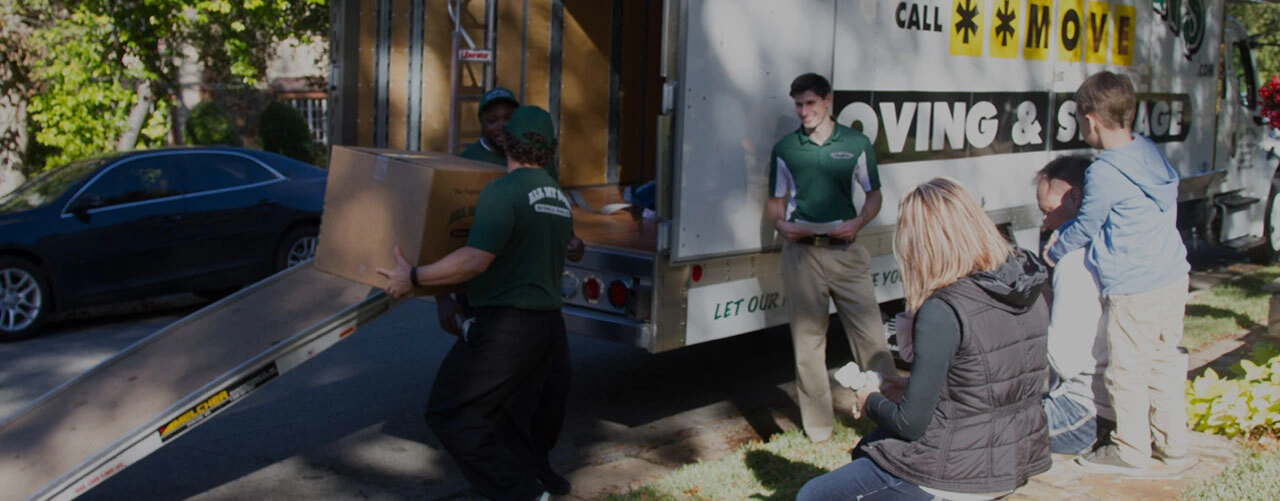Steps to Creating an At-Home Music Studio
If you are moving to Memphis, Tennessee you may want to consider getting back into music as well. Dust off your guitar and drumsticks and get back into the role of playing music rather than just sitting back and watching. Music not for you? Do you have a family and don’t have time to play music anymore? Encourage your children to pick up an instrument or two. After all…Memphis is a place of music!
Sometimes the downside to playing music is finding somewhere to play. Luckily there is a solution to avoiding having to hear your child’s beginning stages of bad notes and deafening drum banging…a sound-proof, in-home music studio!
An in-home music studio may sound like an unnecessary and costly expense, but if you follow the steps below you can create a cost-effective and ear-saving music room in your new Memphis home.
1. Location
Where you choose to place your home music studio is crucial. If you have spare bedrooms, select the one that will be the farthest away from everyone in the house on a daily basis; staying away from common areas. More obvious locations include the shed or garage. However, sound proofing a garage requires more effort due to the sound leaking garage door. The best option would be the basement if your home has one.
2. Sealing
Close and seal the doors to the room you have chosen. Your music studio will have one to two sound leaking areas such as the door or window. To seal these areas use a layer of Sheetblok or sealing strips.
3. Remove Hard Surfaces
Hard surfaces such as: wood, glass, concrete, or leather will cause sound reflection. Instead, opt for soft cloth materials and fabrics.
4. Elevate
Add an extra layer between your instrument or sound equipment and the floor to help prevent vibrations from being carried. A cheap and simple way to elevate is to use plywood or pallets that can be decorated and fashioned to your liking.
5. Tuning
To avoid a reflective, harsh sound, you will need absorption and diffusion. A cheap way of achieving this is to hang blankets and quilts on the walls or buy sound absorbing materials with adhesive backing so that you can apply them to the walls. Adding furniture to the room such as a couch can also improve sound quality.
6. Find your sweet spot
The final step is figuring out where to place everything in order to get the best quality sound. Try several locations by standing and placing your speakers in different configurations equal distances from you until it emits the right sound. A common decorating mistake is hanging speakers on the wall.
Memphis is home to many legendary musicians and up-and-coming stars. Follow these tips to creating your personal music studio and you could be one too.

